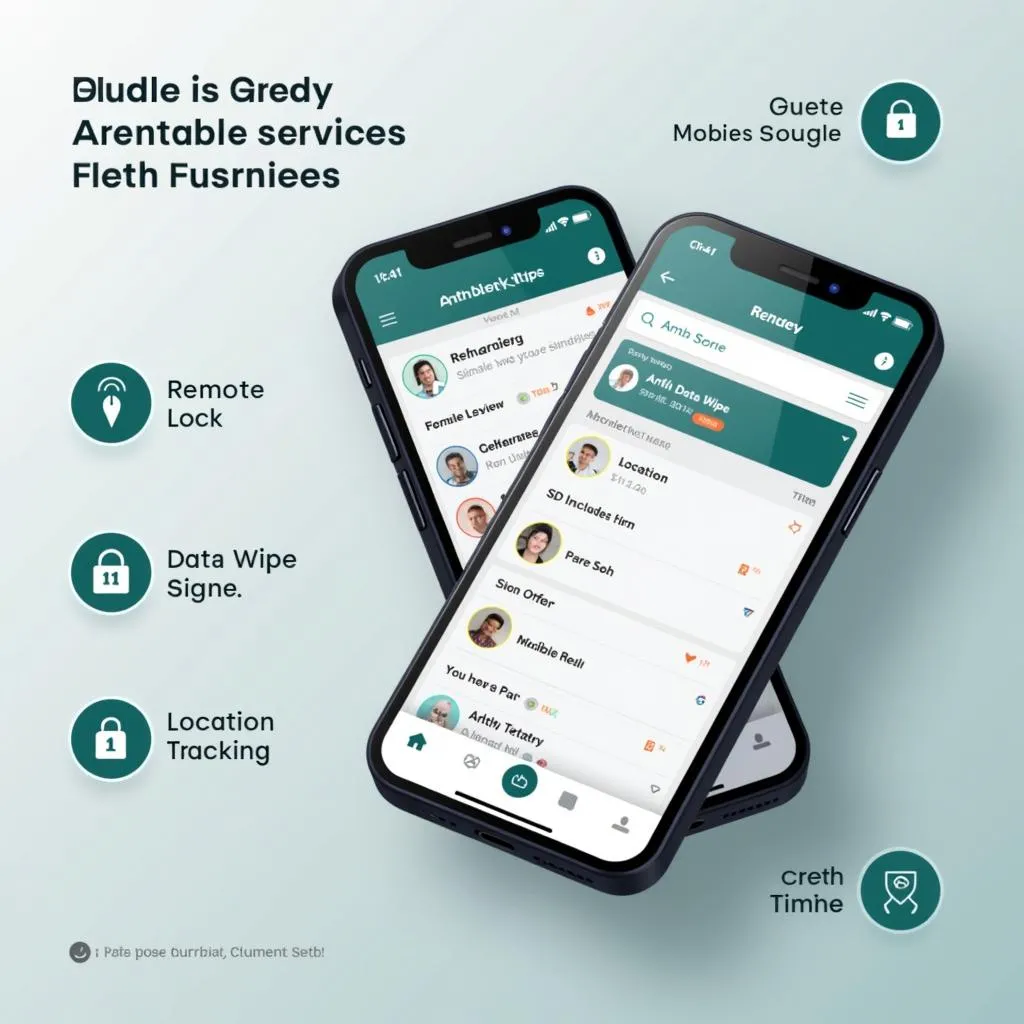The red brake light on your dashboard is a crucial safety feature, designed to grab your attention when there’s a problem with your vehicle’s braking system. While it can be alarming to see it illuminated, understanding its various triggers can help you address the issue promptly and safely.
Common Causes of a Red Brake Light Warning
The red brake light warning can indicate a range of issues, from simple fixes to more serious problems requiring professional attention. Here are some of the most common culprits:
- Low Brake Fluid: One of the most frequent causes, low brake fluid levels often signal a leak in the braking system.
- Worn Brake Pads: Brake pads have wear indicators that make a noise when they’re nearing the end of their lifespan. If ignored, the red brake light may illuminate, signifying critically worn pads.
- Faulty Brake Light Switch: This switch, located behind the brake pedal, can malfunction, preventing the brake lights from engaging and triggering the warning light.
- Issues with the ABS System: Modern cars come equipped with Anti-lock Braking Systems (ABS). A malfunctioning ABS module or sensor can trigger the red brake light warning.
- Parking Brake Engaged: While seemingly obvious, accidentally leaving the parking brake even partially engaged can cause the light to stay on.
Diagnosing the Problem
If your red brake light comes on, it’s essential not to ignore it. Here’s a step-by-step guide to help you diagnose the issue:
- Check Your Parking Brake: Ensure the parking brake is fully disengaged.
- Inspect Brake Fluid Level: Locate the brake fluid reservoir under the hood (refer to your owner’s manual). If the fluid level is below the minimum mark, there might be a leak.
- Listen for Unusual Noises: Pay attention to any screeching, grinding, or clicking noises while braking, as these can indicate worn brake pads.
- Check Brake Light Functionality: Have someone press the brake pedal while you check if all brake lights are working correctly.
When to Seek Professional Help
If you’re unable to pinpoint the cause or the issue persists even after addressing potential factors like low brake fluid, it’s crucial to seek professional help. Driving with a compromised braking system is incredibly dangerous.
A qualified mechanic can accurately diagnose the problem using specialized diagnostic tools. These tools can read your car’s computer for error codes related to the braking system, providing a more precise diagnosis than a visual inspection alone.
Remote Diagnostic and Programming Services
In today’s technologically advanced world, remote diagnostic and programming services are becoming increasingly popular and accessible. These services allow technicians to remotely access your car’s computer system to:
- Retrieve Diagnostic Trouble Codes (DTCs): These codes pinpoint the specific area of the braking system experiencing issues.
- Perform Software Updates: Manufacturers often release software updates to improve vehicle performance and safety, including updates for the braking system.
- Conduct Module Programming: In some cases, reprogramming or calibrating certain modules within the braking system might be necessary.
red brake light warning light can be a symptom of various underlying issues. While some causes, such as low brake fluid, can be easily addressed, others necessitate the expertise of a qualified mechanic.
The Importance of Timely Action
Ignoring a red brake light warning can have serious consequences, jeopardizing your safety and potentially leading to more costly repairs down the line.
“Addressing brake issues promptly not only ensures your safety but also prevents further damage to your vehicle’s braking system,” says John Smith, a certified automotive engineer with over 20 years of experience. “Regular brake inspections and maintenance are crucial for optimal vehicle performance and safety.”
Remember, a well-maintained braking system is fundamental to your safety on the road. Never hesitate to seek professional help when needed.
FAQs about Red Brake Light Warnings
Q: Can I drive with the red brake light on?
A: It’s highly discouraged to drive with the red brake light illuminated. It signals a potential problem with your braking system, putting you and others at risk.
Q: How much does it cost to fix a red brake light warning?
A: The cost can vary greatly depending on the underlying cause. A simple brake fluid top-up might cost a few dollars, while more complex repairs like replacing an ABS module can cost several hundred or even over a thousand dollars.
Q: How often should I check my brake fluid?
A: It’s generally recommended to check your brake fluid level at least once a month and more frequently if you notice any changes in brake pedal feel or performance.
Q: What should I do if my brake pedal feels spongy?
A: A spongy brake pedal often indicates air in the brake lines, which can significantly reduce braking efficiency. 2008 range rover sport supercharged red brake light warning are common and can cause this issue. It’s crucial to have your braking system inspected by a professional immediately.
Q: Do I need to replace all four brake pads at the same time?
A: While it’s not always mandatory, it’s generally recommended to replace brake pads in pairs (both front or both rear) to ensure even braking performance and prevent premature wear on one side.
Q: Can a faulty battery cause the red brake light to come on?
A: While rare, a severely depleted or faulty battery can sometimes disrupt the electrical signals within the car, potentially triggering warning lights, including the brake light.
Remember, if you encounter a red brake light warning, your safety is paramount. Seek professional assistance to diagnose and address the issue promptly, ensuring your vehicle’s braking system operates at its best.

